The artistic vision of Kate Gould

The new CEO of the Adelaide Festival Centre, Kate Gould opens up about her artistic vision for the performing arts centre, the lessons from her pioneering father and why she considers Adelaide her second home.
As a child, Kate Gould’s playground was the foyers and theatres of the Queensland Performing Arts Centre (QPAC) in Brisbane. Today, she might be one of Australia’s most respected and experienced arts administrators, but back in the early 1980s, it was the Brisbane theatres that were her swing sets and slippery dips and sand pits. These are her fond childhood memories, her family having relocated from Sydney when she was eight years old, after her father, Tony, was appointed the founding director of QPAC.
“I have vivid memories of being a kid at QPAC,” Kate says. “In 1983, my father took us to see the centre while it was still under construction. Among the scaffolding, we could make out the shape of the auditoriums, with the fly tower already rising high above it all.
“My childhood was spent watching this big QPAC building go up. It was a very conservative era under then-Premier Joh Bjelke-Petersen, but my father was a progressive. He was very clever in navigating the complexities of the politics at the time.”
Kate says her parents ensured that she and her older brother Anthony were immersed in the arts as children, taken to live performances, classical concerts, theatre rehearsals, even foreign language plays.
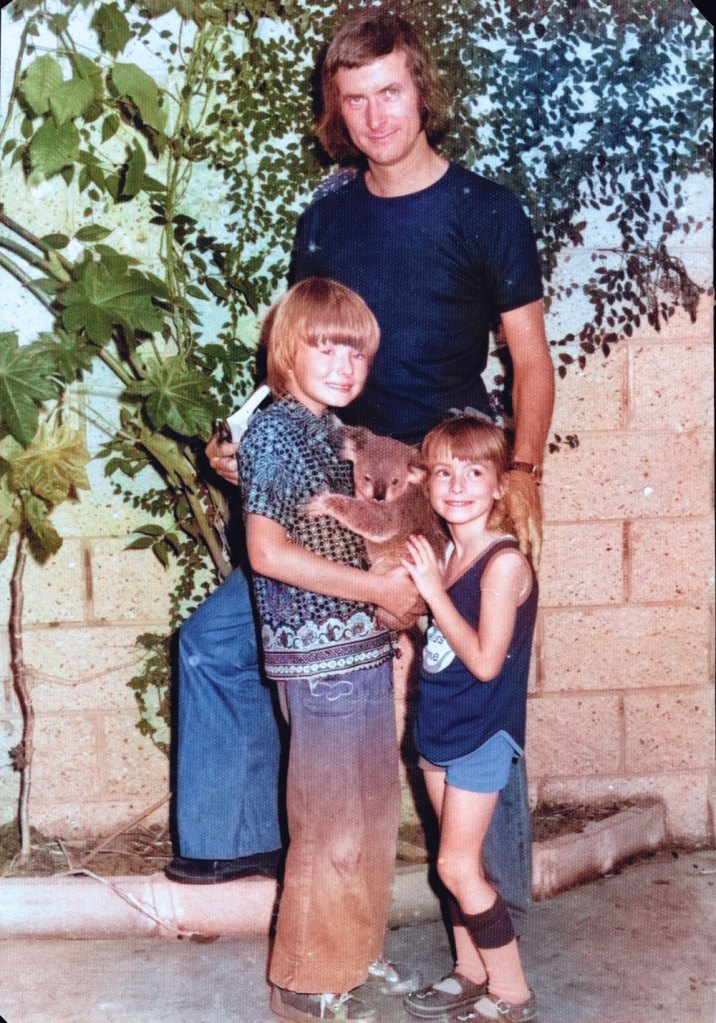
“When I was about 11, my father toured a production of The Passion of Christ from the Italian company Teatro Stabile dell’Aquila to Brisbane City Hall,” Kate says. “It was long, entirely in Italian – and for some reason, I adored it. I saw it twice. Looking back, I think I was a bit of an odd kid.”
With the arts so built into her DNA, it’s little wonder Kate went on to create her own career at the highest levels of the Australian arts industry, following in her father’s footsteps in many ways.
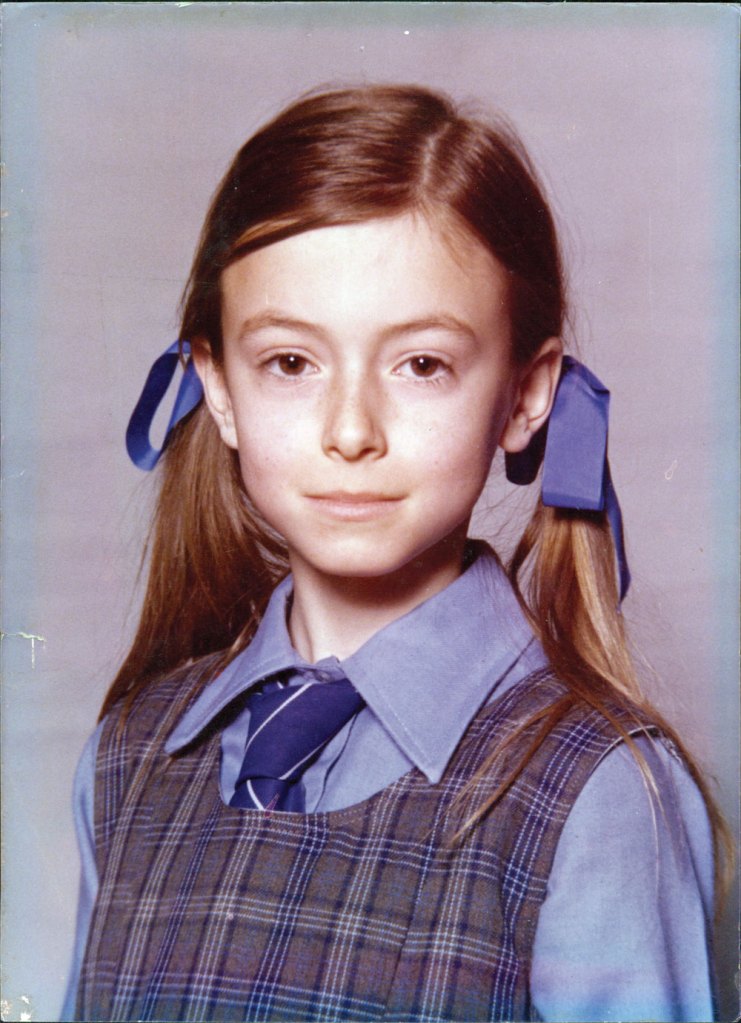
After studying theatre and literature at the University of Queensland, her first role was as a project officer with QPAC’s children’s festival Out of the Box.
Eager to learn and describing herself as a “conceptual thinker and problem solver”, Kate went on to join some of the country’s most revered artistic organisations and events, working across program development, event management and venue leadership.
She worked her way up to senior creative and administrative roles, including executive producer of the Brisbane Festival and Queensland Performing Arts Centre in the 1990s, CEO and associate artistic director of the Adelaide Festival (2003-2012) and company manager with international commercial producer Gordon Frost Organisation (2000). One of her most ground-breaking roles was as a co-founder and executive director of Hobart’s groundbreaking winter festival, Dark Mofo.
“I like to think about problems and how to solve them, and I was always obsessing about that,” Kate says of her various roles. “I have a curiosity for a lot of diverse subjects, so that’s probably what I lean on now. It’s not a job for me. I just love it, to be innovative and drive a team towards a goal is just a joy, it’s the best bit.”
Throughout her career, Kate’s proud father Tony, who was considered an arts pioneer, watched on.
“I had an unconditionally loving father who supported whatever choices I made and like most kids, I didn’t always make the best ones,” she says. “But I’ll never forget what he said to me in my 20s, ‘One day, you’ll be better than me. You’re like me in how you work, but you’ve had a better education and greater opportunities’.
“I was very privileged to have a father in a senior role, but it was, of course, important to me that I made my own way. He made opportunities by talking to me, but never, ever promoted me in a way that was, I think, beyond appropriate. He kept me both close and at arm’s length, letting me find my own way.”
You might like
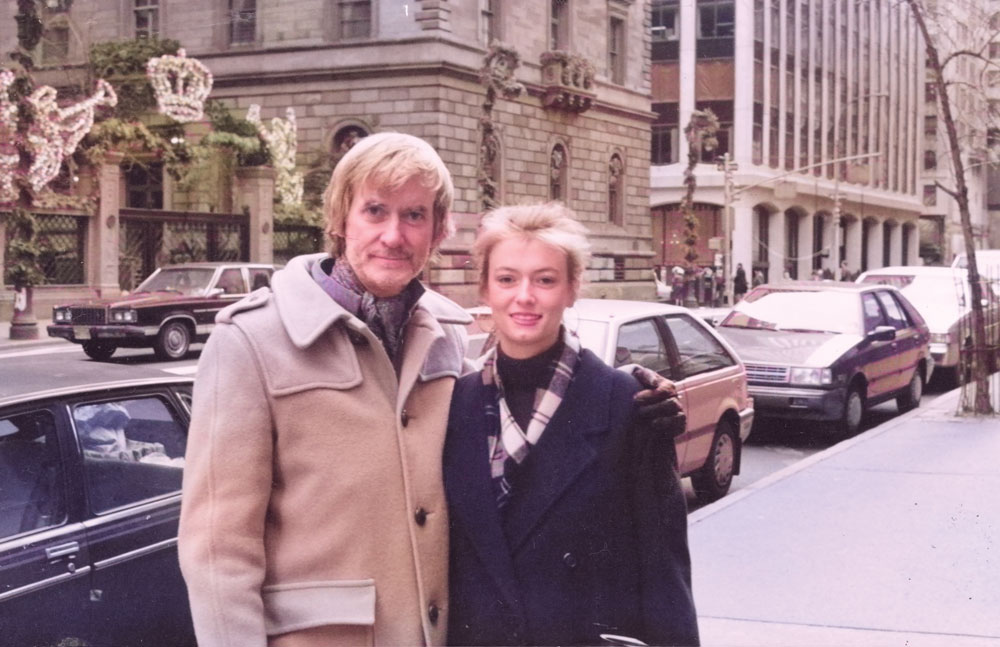
Kate’s own way has now led her to one of the most prestigious roles on the Australian arts landscape: CEO of the Adelaide Festival Centre.
Her appointment was announced in March this year, but sadly it was exciting news that she couldn’t share with her beloved father, who had died from complications with throat cancer in 2020, aged 82.
“I know he’d be proud,” Kate, now aged 54, says. “My father came from a generation that saw Adelaide as the nation’s leading innovator in the arts. When he founded the inaugural Brisbane Festival in 1996, he sent a group of us – then young Queensland arts administrators – to Barrie Kosky’s Adelaide Festival to see how it was done.
“Leading the state’s beautiful Festival Centre and Her Majesty’s Theatre is something he would have expected of me, such was his belief in my potential. My father was recognised as a trailblazer in the arts industry; strategic, intuitive and creative. But everything he knew, he learnt on the job. I looked to him as a mentor throughout my career, and I hope that some of his skills I have learnt I will bring to bear in this new role.”
Kate, who comes to the AFC after four years as CEO and artistic director of Brisbane Powerhouse, will officially take over the top job from July 7, replacing outgoing CEO and artistic director Douglas Gautier who has been at the helm for 19 years.
After a gruelling interview process that took months, Kate says she was relieved to land the coveted AFC role.

“There aren’t many jobs I’d go for in Australia,” she says. “The only jobs I’m interested in are the ones where I feel my values are aligned, and Adelaide Festival Centre was top of the list, and I consider Adelaide as my other home to Brisbane.”
The appointment signals a homecoming of sorts for Kate who has a long history with Adelaide, both professionally and personally. She is married to respected arts leader Rainer Jozeps, who is the former managing director of the Adelaide Symphony Orchestra. These days Rainer, 69, is best known for his role as a member of the SA Voluntary Assisted Dying Review Board.
“He’s very interested in death and dying,” Kate says. “He’s a Buddhist, and a Lifeline counsellor. But he still loves the arts and is passionate about music, particularly classical music. He was also most recently acting as the CEO for Writers SA, so he keeps busy.”
Rainer has three adult children – Felix, Samuel and Mitzi – who are also Adelaide-based, plus three young grandchildren, and Kate says she’s looking forward to spending more time with the extended family, including Rainer’s ex-wife Ann Tannebring.
“Blended families can be challenging, and ours is no exception,” she says. “Ann was a professional ballet dancer in both Europe and Australia, and we share a mutual respect for each other’s achievements in our industry. We also appreciate the unique roles we each hold in our family.”

Kate’s artistic genes were inherited not just from her trailblazing father, but also from her mother Jenny, now 85 years of age, who studied acting at NIDA in its inaugural year of 1959, and went on to perform with the Elizabethan Theatre Trust.
As she tells the story of her mother’s acting, Kate stops and says, “I’ve got another bit of information that I have never really said out loud to anybody, mainly because I don’t want to show off, but my husband says, ‘you should tell people’. So, my grandfather founded NIDA, in fact, he was the founding professor of the Faculty of Arts at the University of New South Wales and there’s a building there named after him, the Morven Brown Building.
“He was an enlightened person and saw a gap in training Australian actors who were all going to England to attend the Royal Academy of Dramatic Art or the London Academy of Music and Dramatic Art, where my father trained.
“When my mother auditioned for NIDA, she did so without them knowing who her father was, which is a bit similar to me, having an important father who was significant, but wanting to succeed on your own terms.”
Kate’s previous stint in Adelaide began in 2002 when she was offered the position of program manager by then-Adelaide Festival artistic director Stephen Page (2004). She stayed on with the festival for 10 years, progressing to CEO and associate artistic director working alongside artistic directors Brett Sheehy (2006 and 2008) and Paul Grabowsky (2010 and 2012).
During her time here, Kate also made her mark on Adelaide’s business and sporting communities more broadly, holding numerous board positions including with the Adelaide Football Club and the Rundle Mall Management Authority. She was also chair of the Adelaide Symphony Orchestra, and co-chair of the SA Premier’s Council for Women.
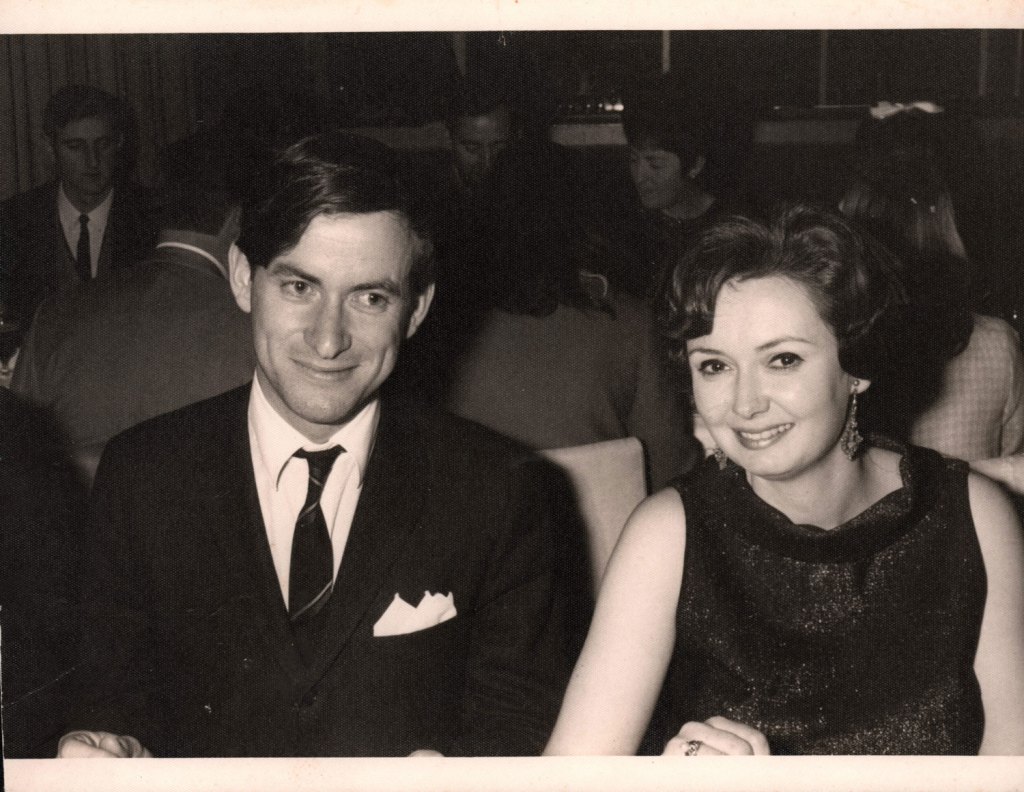
With such a diverse range of experience throughout her career, Kate says one of her key learnings has been that festivals must have relevance to place.
“I’m always on the lookout for new events, new festivals and we can’t replicate what’s happening around the country,” she says. “You have to think of things that are special and unique to our place, and that’s what I will be doing at the AFC.
“I think you do your best work when you love the place: so, you’ve got to know it, you’ve got to understand its DNA, and then you can respond to that in terms of an artistic vision.”
Subscribe for updates
When it comes to her artistic vision for the AFC and what lies ahead, Kate says she is aiming for the venue to operate “around the clock”.
“This is always a challenge with an arts centre, because they’re usually open for such a short amount of time in the evening,” she says. “Hopefully, some of the experience I’ve had at the Brisbane Powerhouse around the clock should help.
“We run 24/7, virtually not completely, but it’s an early start in the morning until late at night. Now, I don’t know if we’ll get these operating hours for the Festival Centre, but we’ll see.
“Secondly, I want to drive AFC in terms of destination visitation, for tourism. There is a lot of work that happens at the Festival Centre that does that already, but I want to take that further, and that’s a real opportunity. The fabulous precinct that it sits in, both the precinct of the Festival Centre itself, as well as Her Majesty’s, they’re two locations that have their own special identities, so I want to focus on how I can maximise that. I think that is going to be exciting, how we can as a team make them even more vibrant spaces.”
Kate cites signature events such as the Adelaide Festival, Adelaide Fringe, WOMADelaide and Illuminate Adelaide as world-leading and “phenomenal”, but her challenge is to draw in the crowds beyond these events.
“So, how do you create that continuum? That’s probably the bit that I’ve observed is lacking,” she says. “You want to have an ‘always-on’ experience for the tourism market. There’s always something going on, not just during festival time.”
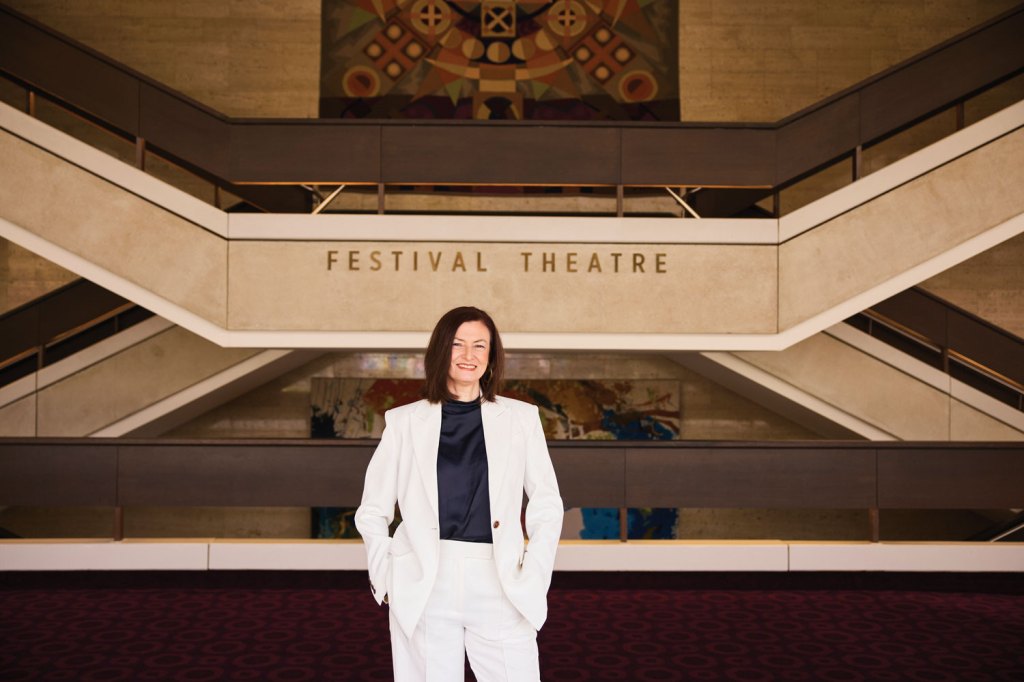
While she is hesitant to reveal exactly how she plans to create this year-round visitation, Kate says she will always be “art-led”.
“I’m not going to say any more … but the main thing is that this is a big ship and we really need to get it right,” she says.
A month after Kate takes the reins of the Festival Centre, the venue will close down for refurbishments, including to the Dunstan Playhouse, Festival Theatre and Space Theatre, reopening again in February 2026.
Kate says the $35 million facelift phase provides the perfect downtime for her to meet with staff, stakeholders and members of the arts community to get a clear overview of where things are at and where they need to go.
Gauging by the success of events and activations instigated by Kate at Brisbane Powerhouse, the creative possibilities at the AFC seem boundless.
These include Night Feast, a feasting art experience held once a year, taking over the entire Brisbane Powerhouse precinct with food, free public art and performances.
Another success story is Melt Festival, a celebration of queer arts and culture, which started out at Brisbane Powerhouse but now happens all over the city.
“It premiered last year in its city-wide incarnation. We had events such as the Spencer Tunick artwork, a mass installation of 5500 naked bodies on the Story Bridge and surrounding foreshore. It was a phenomenal event, and was quite game-changing in Brisbane,” Kate says.
She also co-developed Vertigo, where visitors are harnessed in and climb to the top of Brisbane Powerhouse, dining at tables mounted on the top edge of the building, legs dangling three and a half storeys above the ground.
Kate says at the heart of these events is a desire to attract visitors who may not necessarily be theatre-goers or art-lovers, but are wanting a new, arresting experience.
“The arts shouldn’t be remote, and that’s why I extend it to culture, because that’s how you create environments where you have incidental interactions with art that drives engagement with all of the community.”
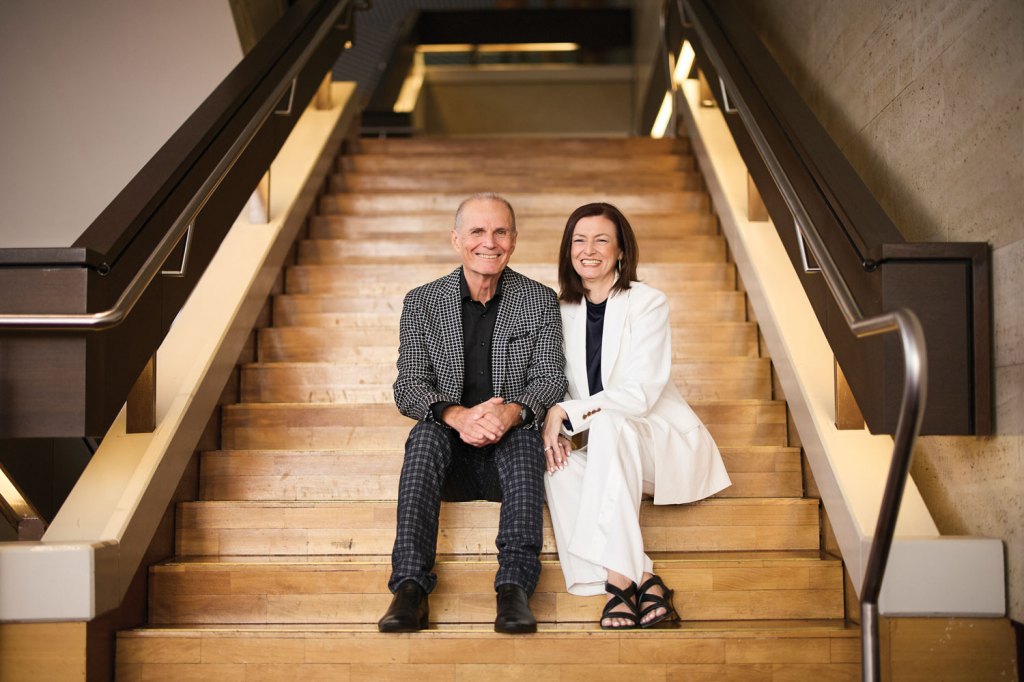
Having worked in senior roles for so long, Kate admits she must manage her stress levels. She practises mindfulness daily and regularly swims in the ocean.
She has signed a five-year contract with AFC where she will oversee the almost 400 employees across eight departments. Stepping into the shoes of former CEO and artistic director Douglas Gautier, whose legacy has been the redevelopment of both the AFC precinct and Her Majesty’s Theatre, is slightly daunting, but Kate says she is ready.
“I want to build on his legacy, to take the strengths of the organisation and what’s working well. I’ll be considering the opportunities where we can invest further to drive how the next generation of art is going to ,” she says.
“I’m very lucky because the AFC is in great shape, the organisation and the most astonishing piece of architecture in the country in terms of an iconic 1960s building that functions well.”
So, in five years, when she is standing in the foyer of the AFC and observing her achievements, what does Kate hope to see?
“I want to be standing in a crowded foyer, with people streaming in every direction – drawn to unexpected artworks, performances and experiences … I imagine diverse audiences lingering for hours, making memories they’ll recall the next day – and perhaps for years to come.”
This article first appeared in the July 2025 issue of SALIFE magazine.




